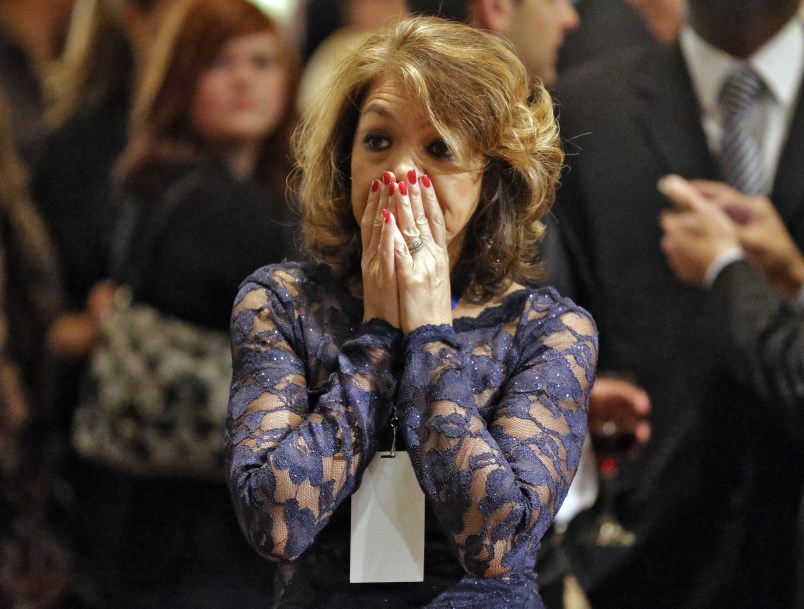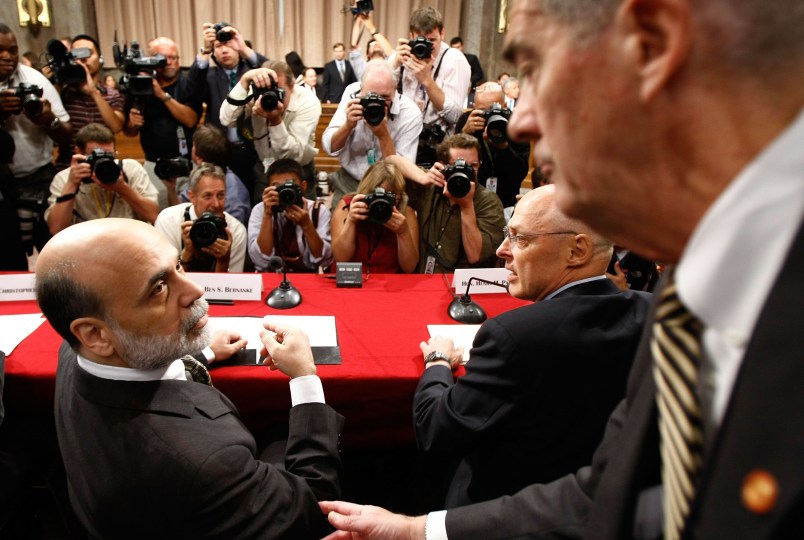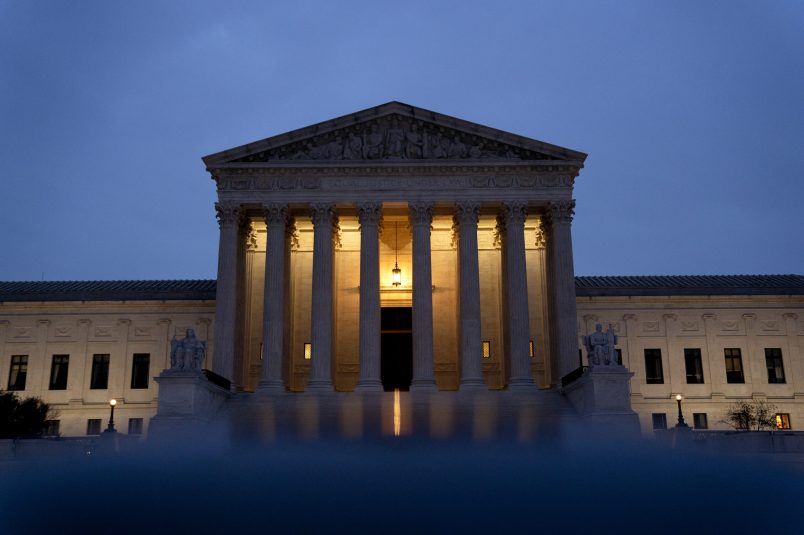The 2014 midterm elections were about as thorough a victory for Republicans as might have reasonably been anticipated. Much of it, however, was baked into the cake by an insanely fortunate Senate landscape and turnout patterns that are increasingly dividing elections into midterms dominated by Republicans and presidential elections dominated by Democrats. But while Republican Senate and gubernatorial midterm victories in red states aren’t that great and accomplishment, the GOP also won Senate seats in two states carried by Obama in 2012 and another the president carried in 2008. And although some of the surprisingly strong Republican gubernatorial performances involve single-state quirks, they so exceeded expectations that some other explanation is called for.
Comparing yesterday’s exit polls to those of 2012, the first thing that jumps out at you is a big shift in age demographics: under-30 voters dropped from 19 percent of the electorate in 2012 to 13 percent in 2014, while over-65 voters climbed from 16 percent in 2012 to 22 percent in 2014. That’s quite close to the age demographics of 2010.
In terms of race and ethnicity, the white share of the electorate increased modestly from 72 percent in 2012 to 75 percent this year, not quite back up to the 77 percent whites represented in 2010. And interestingly enough, Republican performance among white voters didn’t change at all from the 59/39 margin achieved by Mitt Romney. What did change is that Republicans boosted their percentage among African-Americans from 6 percent won by Romney to 10 percent yesterday; from 27 percent to 35 percent among Latinos; and from 26 percent to 49 percent among Asians. It’s likely the age demographics had some impact on Republican minority performance, particularly among Latinos, given the relatively strong attachment of young Latinos to the Democratic Party. And in general, it’s probable more conservative minority voters were more likely to vote.
But another way to look at it is that minority voting preferences are returning to their pre-Obama level — still strongly Democratic, but not so strongly that in a poor turnout year they offset the heightened Republican preferences of white voters.
There was talk going into the election that another key Obama demographic, under-30 voters, was suddenly tilting Republican, at least among the segment willing to vote in a midterm. But in the end under-30 voters preferred Democrats 54/43–again, very similar to the splits in 2010 and down six points from the 60/37 pro-Democratic ratio of 2012.
So despite talk of millennial “disappointment” with Obama, the best evidence is that their enthusiasm for him as manifested in 2008 and 2012 is not transferable to other Democrats — or is not exhibited in the mix of millennials willing to vote in a midterm. And the same may be true of the minority voters discussed above.
What are the implications, then, for the election cycle we have just entered? Some of the Republican advantage can be expected to melt away instantly due to the age and race/ethnicity differential for a presidential cycle. That shift will apply to downballot races as well. So a more favorable-to-Democrats electorate will vote on a Senate landscape as difficult for Republicans as this year’s was difficult for Democrats. The GOP will need all those wins from yesterday to survive Election Night in 2016 with a majority intact.
But more generally, and with respect to the presidential election itself, the big question is whether Barack Obama’s successor can recapture his extraordinarily high vote percentages among young and minority voters, and/or make inroads among the older and whiter voters who have now consistently rebuffed him and his party in three straight cycles. For their part, the newly triumphant Republicans may be reaching a ceiling among those older white voters, and should probably think long and hard about killing off their prospects for a revival of pre-Obama voting levels among minorities with egregiously hostile legislative proposals on issues ranging from immigration to the “reforms” they want for the social safety net.
On a more mechanical level, the apparent failure of the DSCC’s Bannock Street Project to significantly change the shape of the midterm electorate in key Senate states will require an honest post-mortem for Democrats. Were the targeting and mobilization techniques wrong, or was the landscape and the atmosphere of this midterm just too difficult? Does it take a presidential candidate to build this particular village? We’ll know soon enough.










We needed Obama to build the bridge to the younger and the less frequent voter, we need Hillary to rebuild the bridge to white working class and the older white voters.
If successful that is an unbeatable coalition - the Hillary coalition automatically turns out for mid terms to defend seats and the Obama coalition turns out for presidential years to build margins
If the Democrats had any guts they could have stopped the Republicans. They abandoned their Presidents who has been hammered from the very start by a ruthless conservative plutocracy. The R’s have lost good jobs for the country and forestalled a decent recovery just to bring this good man down. On the other hand the Dems need to be leaner and not pushed around by self serving interest groups. Main issues? Economy. Infrastructure. War. Privacy.It’s time we look inward again and rebuild this country.
So despite talk of millennial “disappointment” with Obama, the best evidence is that their enthusiasm for him as manifested in 2008 and 2012 is not transferable to other Democrats
…Which is why a Clinton’s candidacy makes me a little nervous. Hillary has many positive qualities, and would make a great POTUS. However, “inspiring” is not one of those qualities, and I fear that she may not drive younger votes to the polls as Obama did. Well, maybe the VP pick will help…
My fear, however, is that Obama is pretty much going to pack his bags in and say, “Hey, its been great” to the national party campaigning.
Let’s face it; he has really only had an effect when he is running, both his midterms have been electoral disasters. And even when running, his coattails haven’t been overly large.
So I think looking to Obama as the bridge to younger voters going forward is a pipe dream. If he ain’t running, it ain’t happening.
…“under-30 voters dropped from 19 percent of the electorate in 2012 to 13 percent in 2014”
Smart - let the old farts make all the decisions. You apathetic fucks deserve what’s coming.